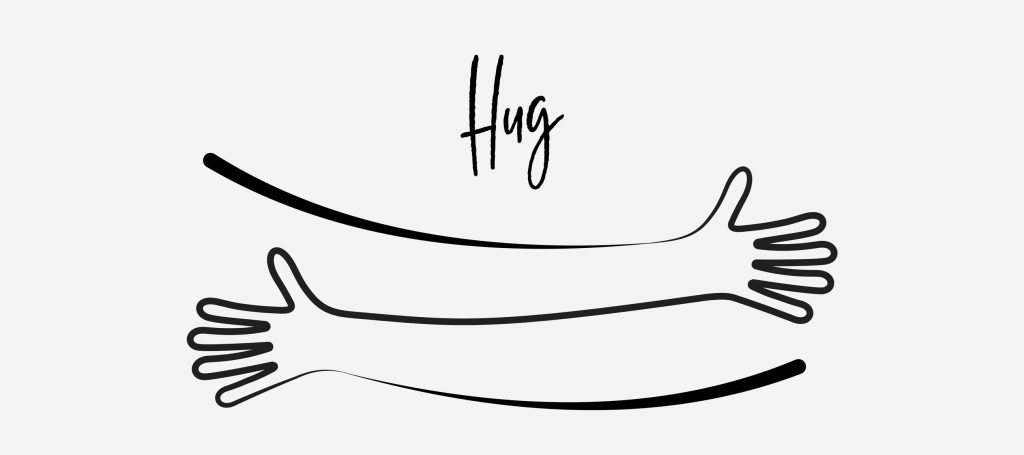
On March 27, 2020, President Trump signed into law the Coronavirus Aid, Relief, and Economic Security (CARES) Act. The CARES Act is the largest economic stimulus package in the history of the world. It provides $2 trillion of aid to preserve and jumpstart an economy decimated by COVID-19.
$2,000,000,000,000. Here’s how all those zeros may impact you.
1. $1,200 for many U.S. residents
Many Americans will get immediate near-term financial relief in the form of a snail-mail check or direct deposit. These immediate relief funds are specifically allocated to those with an adjusted gross income below $75,000 and $150,000 for couples. Above those thresholds, the relief funds begin phasing down. They phase out completely at $99,000 for single filers and $198,000 for couples with no children.
The money will be a boon to folks laid off or furloughed because of COVID-19. It will also help families with children, since those who qualify will be eligible for an additional $500 per child.
2. Skip your RMDs for 2020 (check with me first)
Many of you have already pulled your Required Minimum Distributions out for 2020. I usually recommend pulling them near the beginning of the year if the market is near all-time highs as it was in January and February.
If we did your RMDs, then know we pulled them at the perfect time.
If you have not done your 2020 RMDs yet, the CARES Act gives you the option to defer taking RMDs this year, if you don’t need the cash.
Plus, the new law relaxes the rules on emergency withdrawals from qualified accounts if you are under 59½. If you need to access money in a 401(k) or IRA to stay afloat during the crisis, the government will waive the 10% penalty on withdrawals from qualified accounts.
You will have to pay taxes on the money taken. So, before making such a move, call our office so we can discuss the pros and cons.
3. $600/week in extra unemployment
The CARES Act provides $600 per week of unemployment insurance for workers whose jobs were hit by business closures. This money is in addition to state unemployment benefits.
It also covers self-employed individuals, such as freelancers, Uber workers and more. Even individuals who were unemployed before the pandemic can also receive CARES Act benefits.
4. Good time for a Roth IRA conversion (check with me first)
Roth IRA conversion is an indirect benefit of the CARES Act. How so?
Not taking RMDs from a Traditional IRA may make doing a Roth IRA conversion even more desirable. And if you were already planning on a Roth IRA conversion, not taking RMDs from a Traditional IRA would give you an opportunity to convert an even larger amount.
You may also do your Roth IRA conversion at a bargain price.
Suppose you had $133,000 in a traditional IRA and it is now valued at $100,000. You convert $100,000 to a Roth. Pay tax on that $100,000. Then, when the market rebounds — and I believe in the market long-term — your Roth IRA will likely eventually return to the $133,000 pre-crash level.
In this hypothetical scenario, you will have paid tax on $100,000, but gotten a $133,000 tax-free Roth IRA.
5. Tax credits and forgivable loans to keep employees on your payroll
Some of you own businesses and have had to make heart-wrenching decisions to lay off employees. What can you do?
The CARES Act contains a $350 million aid package — the Paycheck Protection Program designed to help small business owners keep their payrolls going for at least four months with the possibility of the loans being forgiven.
Plus, you can receive a refundable tax credit of up to $5,000 per employee — and you can defer the payroll taxes.
More info
- U.S. Department of Labor: Tax Credits for Small and Midsize Businesses to Swiftly Recover the Cost of Providing Coronavirus-Related Leave
What am I paying attention to?
- Hard economic data, such as earnings reports and unemployment numbers. Much of this data has been absent from market volatility over the last few weeks. I will be closely watching how the market reacts as these numbers become available.
- The rate of new COVID-19 cases. I’m looking for the New Case rate to shift from being exponential to being linear — the flattening of the curve.
The passage of the CARES legislation is a positive for Americans. It’s a massive, coordinated, financial backstop from the federal government that should help provide relief and a relatively solid economic footing.
But, until the outbreak is contained, please continue to do your part to mitigate the contagion. Practice physical distancing. Stay home when you can. Stay positive.
Adam Hartrum is a registered representative with, and securities and advisory services offered through, LPL Financial, a Registered Investment Advisor, Member FINRA / SIPC . The opinions voiced in this material are for general information only and are not intended to provide specific advice or recommendations for any individual. All performance referenced is historical and is no guarantee of future results. All indices are unmanaged and may not be invested into directly. Stock investing involves risk including loss of principal. The economic forecasts set forth in this material may not develop as predicted and there can be no guarantee that strategies promoted will be successful.

